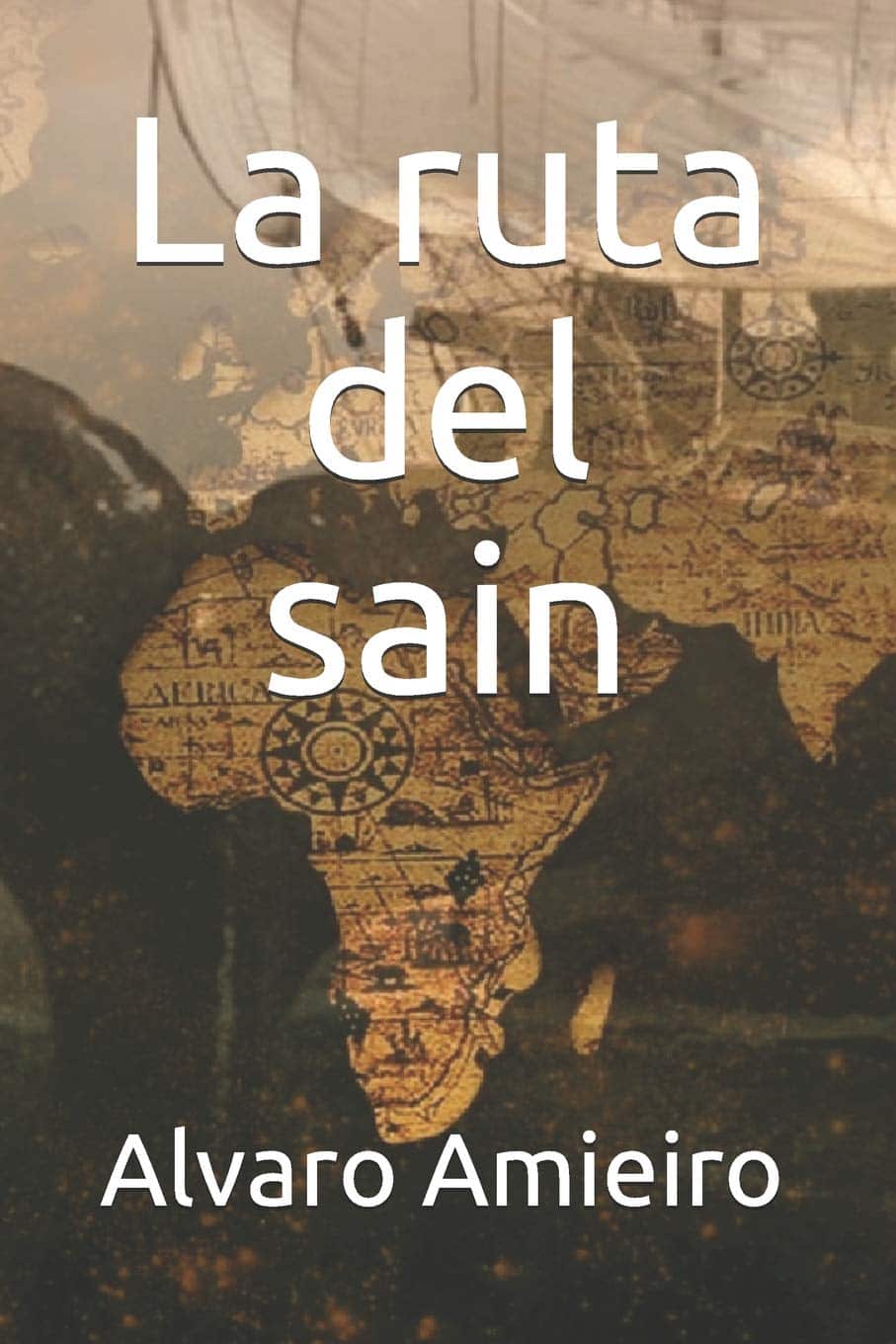When we found out Vitoria-born Alvaro Amieiro Fonseca had written «La ruta del Sain», a historical novel recreating the epic journal of the Basque whalers to the waters of Newfoundland and Labrador, we didn’t hesitate in making two decisions: that we would buy the novel, and that we would write about it on the blog.
After taking a stroll through our blog, it’s quite easy to understand why. If any of our readers look up “whalers“, they’ll discover a long series of articles dedicated to that extraordinary part of our country’s history. It’s such an integral part of our roots that whales became the protagonists on the coats of arms of many coastal towns in Biscay, Gipuzkoa, and Labourd.


We could even say that Castro Urdiales, which was a part of the Lordship of Biscay and also features a whale, is a Biscayan coat of arms.
The first written reference we have to Basques and whaling is from the year 670. That year, a load of ten tons of whale oil, or sain, was sent to the Monastery of Jumieges on the shores of the Seine River. “Sain” is the Basque name given to whale oil.
So, it was not hard at all to see why we wanted to dedicate an entry to this book on our blog. So, we’ve asked the author to introduce himself and the book, and he was kind enough to take us up on it
La ruta del Sain


Alvaro Amieiro Fonseca
Alvaro grew up in Vitoria and studied chemical sciences and the University of the Basque Country in Leioa. A fan of surfing and diving, he’s passionate about the sea. When he was a child, his parents took him to the San Sebastian Aquarium, and he saw the skeleton of a whale, and a guide told him how they were hunted. Then he imagined the magnitude of the adventures of those sailors. Thirty-seven years later, he began to research and write this chronicle, which is also his first novel. It’s the story of the personal tribulations and ambitions of three characters, Eneko, Pedro, and Alaiz, to achieve their goals. There’s a crucial fourth character, Ana, filling the role of the strong Basque woman, tenacious throughout history.


The paths of the three young men cross in Mutriko. Iñigo Ruiz de Alda, an Alava-born coal miner searching for his fortune on the coast of the Bay of Biscay, is running from the limitations of the fields and the religious superstitions of his father. Pedro Mendienta is the restless son of a prosperous cider-making family from Giupzkoa. Olaiz Arrue, accused of witchcraft in Labourd, is also on the lamb, passing himself off as a pilgrim on the Camino de Santiago.
One afternoon, from a watchtower on the coast, a right whale is spotted off the coast. After being begged by a local captain to join, the three friends embark on a small boat with other, experienced sailors, and they harpoon it. The earnings for that prized oil, sain, paves the way for the three young men to fulfill their goals. In April 1610, they embark on a whaling ship, headed for Labrador.
Their tenacity and aspirations cross with love, superstition, the breaking of family ties, and unscrupulous corsairs.
Documentation used
A large part of the documentation comes from the very well elaborated itsas memorias, at the San Sebastian Maritime Museum, but the list really is quite long. The work of Selma Huxley Barkhan, José Antonio Azpiazu, Jose Maria Unsain were great sources, along with an infinite list of scientific publications about sea insurance at the time, purchases to supply a ship…the recovery of the ‘San Juan‘ in Labrador, detailed by ‘National Geographic’ in the ’80s, the Albaola Museum and its progress in the making of the current replica…There’s so much. I had to research the history of the times, of each place, ironworking, coal, trade routes, barrel-making, salt and its taxes, fishing…even cooking recipes and ingredients, habits, beliefs, typical names…many, many pages before I began to dare to write the story printed herein. Papers about the pidgin of the indigenous peoples, the crew’s nicknames for each town in Biscay…the devil is in the details in historical novels. I’ve traveled a lot in my job, and it wasn’t hard to travel to Canada, Iceland, the Basque Country, the Netherlands, and Galicia because I know those places well. Now I hope to tell the magnitude of this industry and the struggle against adversity of those sailors.
Where to buy the book
The book can be purchased on Amazon. La ruta del sain
Last Updated on Dec 20, 2020 by About Basque Country





























